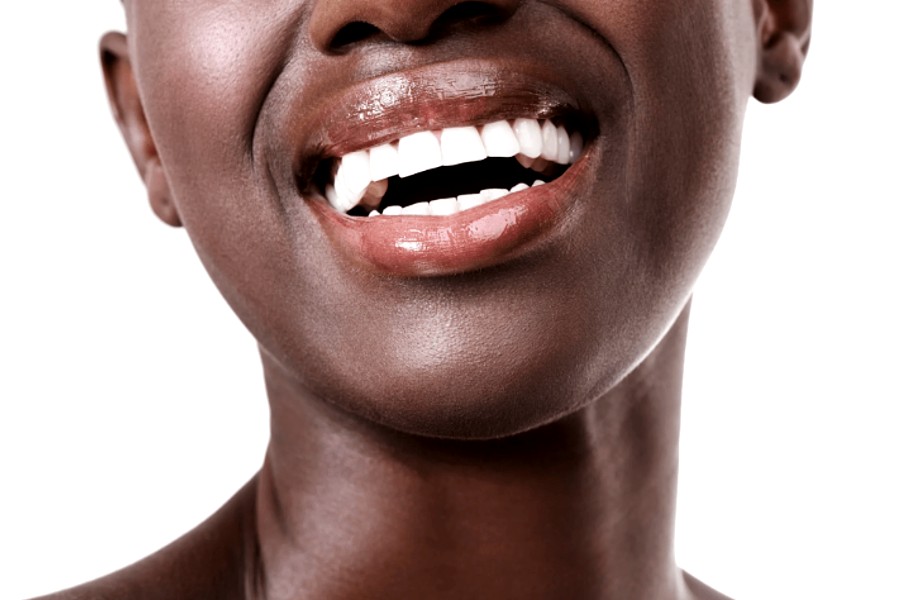 Daylight saving time ended at 2 a.m. on Sunday, Nov. 1st — which means you got another coveted hour of sleep.
Daylight saving time ended at 2 a.m. on Sunday, Nov. 1st — which means you got another coveted hour of sleep.
Sure, it’s tempting to use the time change to curl up in your cozy bed for an extra 60 minutes. But this year, we suggest using it for a more productive goal: becoming a morning person.
Why is it good to be a morning person? Well, the research shows no shortage of benefits — early risers report feeling happier and healthier than their snooze-button-hitting, night-owl counterparts, for instance.
…the majority of us can adjust our internal biological clocks so we can get up and at ‘em one hour earlier — and maintain that long-term.
However, one caveat: Not everyone can shift their internal biological clock, which regulates when we sleep and when we wake. It’s hard to change if you’re a hardcore night owl (or a genuine morning lark), but the good news is that most people hover somewhere in the middle — they’re called hummingbirds, according to sleep expert and author Michael Breus, PhD. That means the majority of us can adjust our internal biological clocks so we can get up and at ‘em one hour earlier — and maintain that long-term.
Here’s your step-by-step guide for taking advantage of the time change to become a morning person:
1. Adjust your sleep/wake time slowly. To successfully wake up an hour earlier and stick with it over the long haul, it’s best to gradually shift your sleep/wake time. “Adjust it by 15-minute increments over a few days,” Clete Kushida, MD, PhD, medical director of the Stanford Sleep Medicine Center, tells Yahoo Health. So if your usual bedtime is 11 p.m., aim to head to bed at 10:45 p.m. the first night, 10:30 p.m. the second night, 10:15 p.m. the third night, and 10 p.m. the fourth night.
2. Drench yourself in bright light right away. Within five minutes of getting up in the morning, the best thing to do is expose yourself to bright light, which tells your brain that you should be waking up. Try exercising outside, such as going for a run or walking your dog, to get 15 to 30 minutes of light exposure from the sun. (Bonus: A 2014 studyshows that exposure to bright morning light is linked with having a lower body mass index, so those morning rays are also doing your waistline a favor.) But if there isn’t much sun when you get up in the morning, you can get the same effect by turning on bright lights while you get ready for work. You can also try using a light box (which you can buy online); Kushida recommends looking for one that delivers 10,000 lux, a measure of light intensity. Stand or sit about 18 inches away from the light box for about 30 minutes to make you more alert. If you suffer from seasonal affective disorder, the light box can also boost your mood.
3. At night, do the opposite. Light delays sleep onset by suppressing melatonin, the hormone that helps regulate sleep. So avoid bright light two to three hours before bed to help you fall asleep earlier and wake up earlier. Smart phones, computers, and other electronic screens are particularly bad because they emit blue wavelength light, which is highly effective at suppressing melatonin, making it harder to fall asleep.
4. Use technology to reduce bright light. If you just can’t give up your smart phone or computer at night, there are other measures you can take to limit that blue light: You can download software, such as f.lux, which changes the color temperature of your computer screen to reduce the amount of blue light it emits. For smart phones and tablets, you can also download software that helps block blue light, such as Twilight for Android phones.
5. Install dimmer switches in your home. “The brain isn’t supposed to have a lot of sun exposure after sundown,” Breus says. So lower the dimmer switches in your bedroom and living room when you notice the sun setting. You can also use special bulbs in your nightstand lamps, such as Lighting Science’s Good Night LED light bulb, which emits less blue light than regular bulbs.
6. Pop a melatonin supplement. “Melatonin can help move your clock backward,” says Breus. Take a 0.5-milligram or 1-milligram melatonin supplement 90 minutes before you want to fall asleep, he recommends. So if you need to wake up at 6 a.m. and want to go to bed at 10 p.m. to get 8 hours of sleep, take melatonin at 8:30 p.m.
Okay, let’s go, tea or coffee?
Become a Harlem Insider!
By submitting this form, you are consenting to receive marketing emails from: Harlem World Magazine, 2521 1/2 west 42nd street, Los Angeles, CA, 90008, https://www.harlemworldmagazine.com. You can revoke your consent to receive emails at any time by using the SafeUnsubscribe® link, found at the bottom of every email. Emails are serviced by Constant Contact








